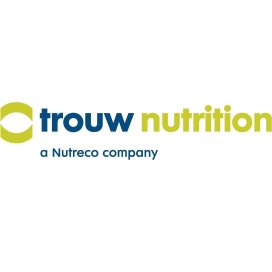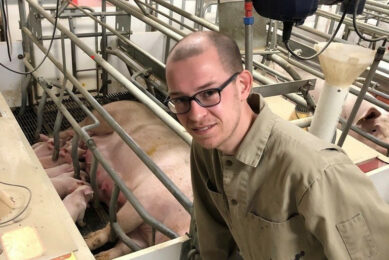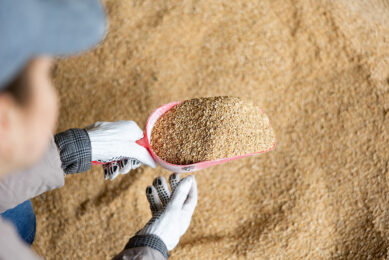Can we safely reduce energy levels in poultry diets?
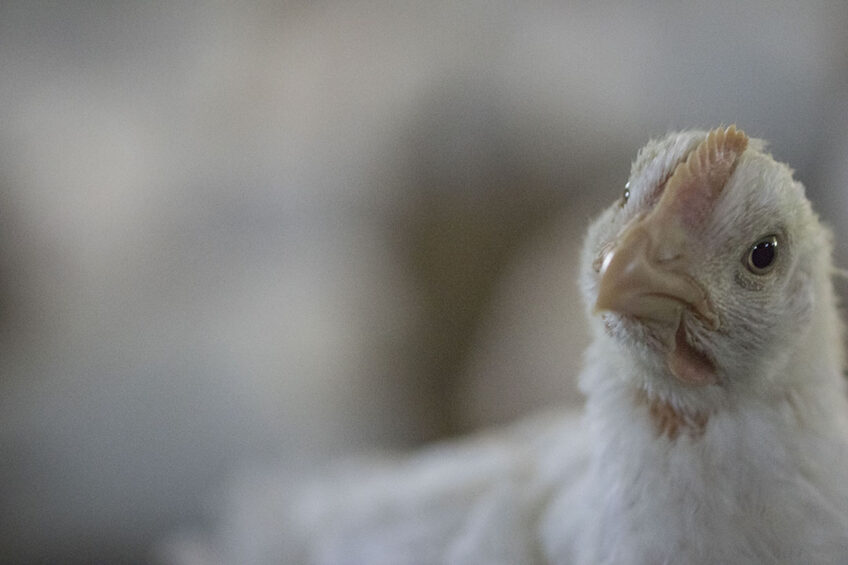
As demand for commonly used feed ingredients for poultry diets soars, alternative – less costly – ingredients are increasingly used. To prevent the risk of losing bird performance, the energy and lysine ratio should be monitored, according to new research from Trouw Nutrition.
The apparent metabolisable energy (AME) is a system that is widely used for commercial poultry diets to describe the available energy coming from carbohydrates, proteins, and fats in feed ingredients. In practice, AME levels are often increased in the late finisher period to support the high growing rates and lower feed intake levels. However, targeting high AME contents increases the price of the diet, while limiting the inclusion of alternative – less energy-dense – ingredients. Simply reducing AME levels may help to reduce feed costs, but also raises the question if we can maintain the performance levels we aim for. To confidently change raw materials for poultry and to capitalise on the use of alternative feed ingredients (especially in the late finisher period), it is therefore key to know the accurate nutritional values and how to economically optimise the broiler diet for important performance drivers such as energy, fibre and amino acids.
How to offset lower energy levels?
To get more insights on this topic, Trouw Nutrition evaluated the performance of different diets with progressive reductions in AME, containing constant or increased standardised ileal digestible (SID) lysine. Lysine is part of the three most limiting (essential) amino acids (AA) for poultry, and even the first limiting AA in high protein processed feed (due to the Maillard reaction). Lysine cannot be synthesised by the bird itself and must therefore be supplemented in the diet to meet the bird’s needs for maintenance and growth. The researchers hypothesised that energy reductions in the diet could be offset with incremental increases of lysine; meeting the birds’ nutrient needs and achieving bodyweight gain with less energy. A second hypothesis was that the inclusion of more fibrous ingredients in the diet would increase the amount of substrates available for non-starch polysaccharide degrading enzymes (NSPases) to counteract incremental viscosity and release energy.
Different diets tested in large field trial
To test these hypotheses, a field trial in Toledo, Spain was set up with 2,790 broilers (Ross 308). The birds were followed from day one through 42 days of age and performance was tracked across starter (0-9 days), grower 1, grower 2 and finisher phases. All birds received the same starter diet to support gastrointestinal tract development and prepare the bird to digest more fibrous ingredients. The control group was formulated for AME and Lys:AME according to their requirements. For each feeding stage, AME was further reduced and the Lys:AME was either kept at a constant level or increased, compared to the control (Table 1). The reductions in AME were the result of including a higher proportion of alternative feed ingredients (such as oats, barley, and sunflower meal). At the end of each production phase, researchers calculated average daily gain (ADG), average daily feed intake (ADFI) and the feed conversion ratio (FCR).
Effect on poultry performance parameters
For overall performance (0-42d), the researchers showed that feeding a diet with reduced AME (but with constant lysine) resulted in an (expected) increase in ADFI. However, this group had a lower final bodyweight (BW), lower ADG and a higher FCR. The final BW and ADG of the birds receiving incremental increases in lysine were positively influenced, while FCR was lower than in the group with a constant Lys:AME ratio. Overall, these results show that in low AME diets, the Lys:AME is not constant, and properly tuning it may help to maintain body weight. Carcass and breast meat yield were not significantly different among the treatments. The study also considered feed intake for birds receiving low AME diets. Although pellets in the reduced AME diets were the hardest (due to lower oil content), pellet quality was acceptable and did not appear to hinder feed intake.
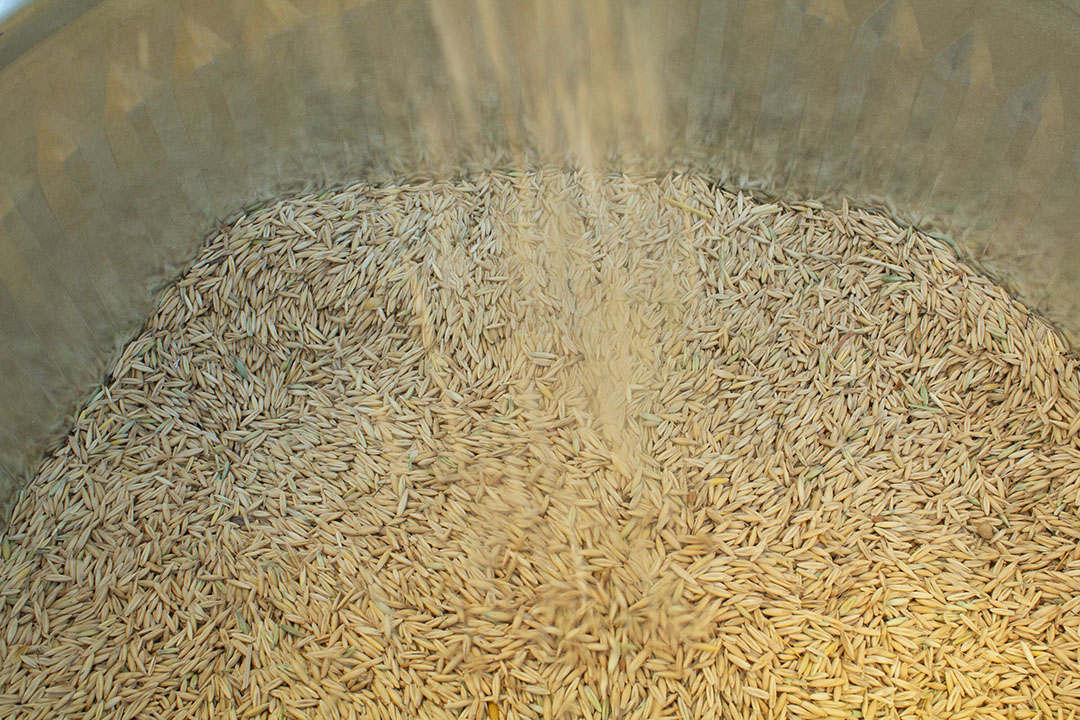
Considering NSPases influence
Interesting to mention here is that – despite significantly lower AME levels in diet – the calculated intake of AME was only reduced by 5.33% and 3.77% in the lowest AME content diets. This is because in these low AME diets, the feed intake of the birds was higher. But the calculated AME intake does not account for things such as fibre content (and associated impact on digestive function) and the potential improved digestibility of energy due to the enzymes in the diet (NSPases). As the inclusion of fibrous materials in the diet increased NSP, researchers raised the amount of NSPases in the lowest AME treatments, to unlock more energy from the diet. Because feed intake levels in low-AME groups did not increase, implies that the increase in BW was related to better nutrient utilisation (energy release from fibrous material – higher NSP content) and added lysine levels.
More flexibility for diet design
As demand for commonly used feed ingredients for poultry diets soars, alternative – less costly – ingredients are increasingly used. To do this effectively, nutritional strategies need to be amended and fine-tuned to make sure we keep bird performance high and feed costs low. The study presented here – focusing on progressive reduction of AME content and proper adjustment of the Lys:AME ratio may be an effective nutritional strategy that can facilitate the inclusion of alternative feed ingredients, such as raw materials with higher amounts of total dietary fibre (TDF). Furthermore, this study indicated that when greater amounts of TDF are fed, NSPases can become effective tools for counteracting detrimental effects. Finally, greater use of fibrous alternative (local) feed ingredient and co-products supports sustainability and circularity in its ability to reduce the carbon impact of poultry feed and farming practices. In this study, the overall carbon impact of the low AME diets was reduced by 9% compared with the high AME control diets. This will empower nutritionists with more ingredient flexibility to design diets and optimise for poultry performance, farm profitability and sustainability.
The full paper on this study, by Wilfredo Mansilla, Jorge Moreno-Rubio, Fernando Sevillano-Quintero, Saritha Saraswathy, and Ana I. García-Ruiz was published in Poultry Science and can be found here.


